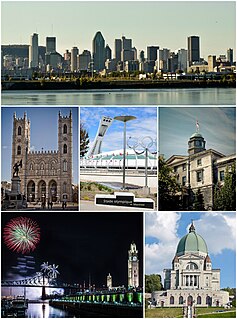
Earl of Haddington is a title in the Peerage of Scotland. It was created in 1627 for the noted Scottish lawyer and judge Thomas Hamilton, 1st Earl of Melrose. He was Lord President of the Court of Session from 1616 to 1625. Hamilton had already been created Lord Binning in 1613 and Lord Binning and Byres, in the County of Haddington, and Earl of Melrose, in the County of Roxburgh, in 1619. These titles were also in the Peerage of Scotland. The title of the earldom derived from the fact that he was in possession of much of the lands of the former Melrose Abbey. However, Hamilton was unhappy with this title and wished to replace it with "Haddington". In 1627 he relinquished the earldom of Melrose and was instead created Earl of Haddington, with the precedence of 1619 and with limitation to his heirs male bearing the surname of Hamilton. This derived from the fact that he considered it a greater honour to take his title from a county rather than from an abbey. Hamilton was a member of the prominent Scottish family of that name and descended from John de Hamilton, younger son of Walter de Hamilton, who was granted the feudal barony of Cadzow and who is also the ancestor of the Dukes of Hamilton and Dukes of Abercorn.
The title of Baron Grey of Codnor is a title in the peerage of England.

Earl of Kingston is a title in the Peerage of Ireland. It was created in 1768 for Edward King, 1st Viscount Kingston. The Earl holds the subsidiary titles Baron Kingston, of Rockingham in the County of Roscommon, Viscount Kingston, of Kingsborough in the County of Sligo, Baron Erris, of Boyle in the County of Roscommon, and Viscount Lorton, of Boyle in the County of Roscommon, also in the Peerage of Ireland. He is also a baronet in the Baronetage of Ireland. Between 1821 and 1869 the earls also held the title Baron Kingston, of Mitchelstown in the County of Cork, in the Peerage of the United Kingdom.
Viscount Mountgarret is a title in the Peerage of Ireland. It was created in 1550 for the Hon. Richard Butler, younger son of Piers Butler, 8th Earl of Ormond. His grandson, the third Viscount, was outlawed and excepted from pardon in 1652, one year after his death. His son, the fourth Viscount, received a pardon for all treasons and rebellions from King Charles II and was restored to his estates. He was succeeded by his son, the fifth Viscount. He was a supporter of King James II and led the Siege of Derry in 1688 to 1689. Lord Mountgarret was taken prisoner and outlawed, with his estates forfeited. However, in 1715 the outlawry was reversed and in 1721 he claimed his seat in the Irish House of Lords. His great-grandson, the eleventh Viscount, represented County Kilkenny in the Irish House of Commons. He was succeeded by his son, the twelfth Viscount. He was made Earl of Kilkenny in the Peerage of Ireland in 1793. The earldom technically became extinct on his death in 1846, when he was succeeded in the viscountcy by his nephew, the thirteenth Viscount. Despite the official title version, members of the Butler family have been known to refer to themselves as the rightful heirs to both the earldom and dukedom of Kilkenny. His son, the fourteenth Viscount, assumed in 1891 by Royal licence the surname of Rawson-Butler and the arms of Rawson when he inherited the Nidd Hall estate but in 1902 he resumed by Royal licence the surname of Butler only. In 1911 he was created Baron Mountgarret, of Nidd in the West Riding of the County of York, in the Peerage of the United Kingdom. As of 2017 the titles are held by his great-great-grandson, the eighteenth Viscount, who succeeded his father in 2004. He is understood to be the likely heir to the ancient earldom of Ormond as well as to the 16th century earldom of Ossory, but has not successfully proven the claim.
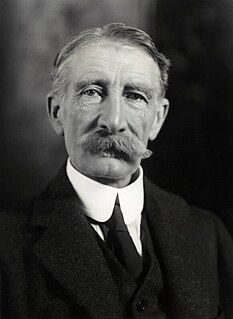
Claude George Bowes-Lyon, 14th and 1st Earl of Strathmore and Kinghorne,, styled as Lord Glamis from 1865 to 1904, was a British peer and landowner who was the father of Queen Elizabeth The Queen Mother and the maternal grandfather of Queen Elizabeth II.

George Nevill, 5th Baron Bergavenny KG, PC, the family name often written Neville, was an English nobleman and courtier who held the office of Lord Warden of the Cinque Ports.

The House of Burke is the Irish branch of the Anglo-Norman noble family known as de Burgh.
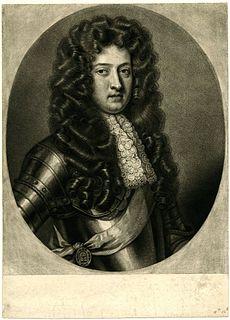
John Egerton, 3rd Earl of Bridgewater KB PC was a British nobleman from the Egerton family.
William Feilding, 3rd Earl of Denbigh, 2nd Earl of Desmond was an aristocrat in the Peerage of England. He was the son of George Feilding, 1st Earl of Desmond, and his wife, the former Bridget Stanhope, daughter of Sir Michael Stanhope.
Henry Pole, 1st Baron Montagu, the only holder of the title Baron Montagu under its 1514 creation, was one of the relatives whom King Henry VIII of England had executed for treason.
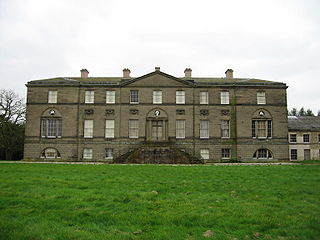
The Broughton, later Broughton-Delves, later Broughton Baronetcy, of Broughton in the County of Stafford, is a title in the Baronetage of England. It was created on 10 March 1661 for Sir Brian Broughton, of Broughton Hall, near Eccleshall, Staffordshire, High Sheriff of Staffordshire from 1660 to 1661 and the member of an ancient Staffordshire family.

Jenico William Joseph Preston, 14th Viscount Gormanston,, was an aristocratic Anglo-Irish colonial administrator.

Lowry Egerton Cole, 4th Earl of Enniskillen,, styled Viscount Cole from 1850 to 1886, was an Irish peer and Conservative Member of Parliament.
Dame Eva Isabel Marion Primrose, Countess of Rosebery and Midlothian was the daughter of Henry Bruce, 2nd Baron Aberdare and his wife, Constance.
General Robert Cuninghame, 1st Baron Rossmore PC (Ire) was an Irish British Army officer and politician.
John Ward, 1st Viscount Dudley and Ward, known as John Ward until 1740 and as the 6th Baron Ward from 1740 to 1763, was a British peer and politician.
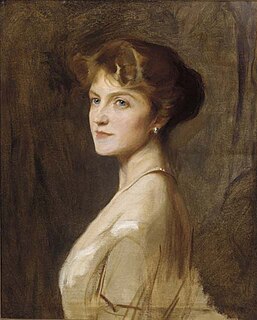
Ivy Cavendish-Bentinck, Duchess of Portland DBE was Duchess of Portland from 1943 – 1977 and afterwards Dowager Duchess. She initiated the Harley Foundation, "to encourage creativity".

John Ruaridh Grant Mackenzie, 5th Earl of Cromartie is a Scottish engineer and peer. He is the current chief of Clan Mackenzie.
John Charles Moore de Bienville Grant, 9th Baron de Longueuil was born in 1861 at Bath, Somerset. He was the son of Charles James Irwin Grant and Anne Marie Catherine Trapman. He succeeded to the title of Baron de Longueuil on 3 August 1931. He died on 17 October 1935 at Pau, France.
